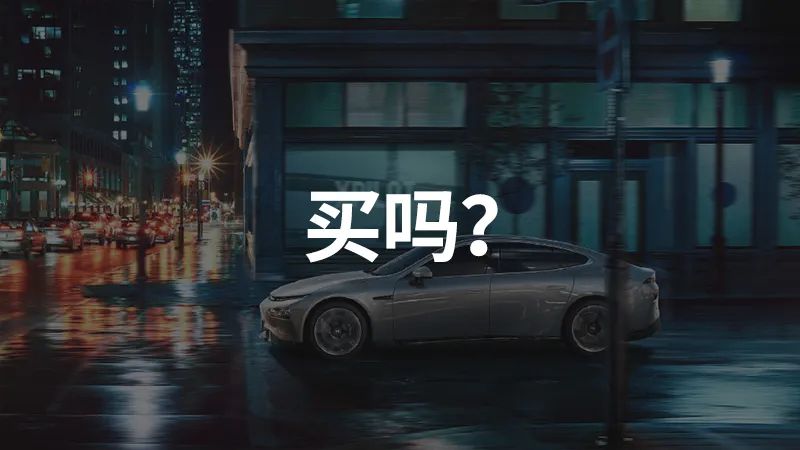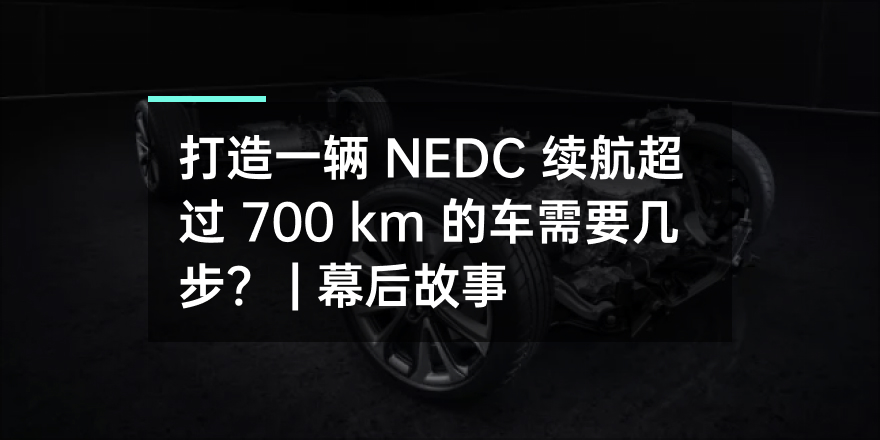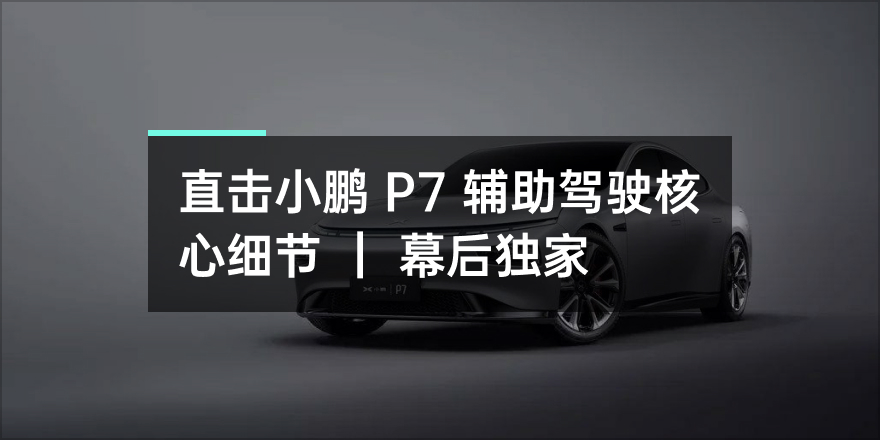The XPeng P7 – a Worthy Competitor Against Tesla Model 3
XPeng P7 is my most anticipated car in the first half of 2020 because it has excellent features in range and intelligence. Moreover, it goes head-to-head with Tesla Model 3, which is highly competitive in the market. With Tesla’s aggressive pricing strategy, how can XPeng respond?
On April 27th at 4 pm, XPeng officially announced the price of P7 at an online event without any live audience. The prices of P7 range from 229,900-349,900 RMB.

The highly anticipated version with “Ultra-Long Range” and “XPILOT 3.0” costs 276,900 RMB. Compared to the corresponding models of Tesla Model 3, all XPeng P7 models are generally 60,000 RMB cheaper.
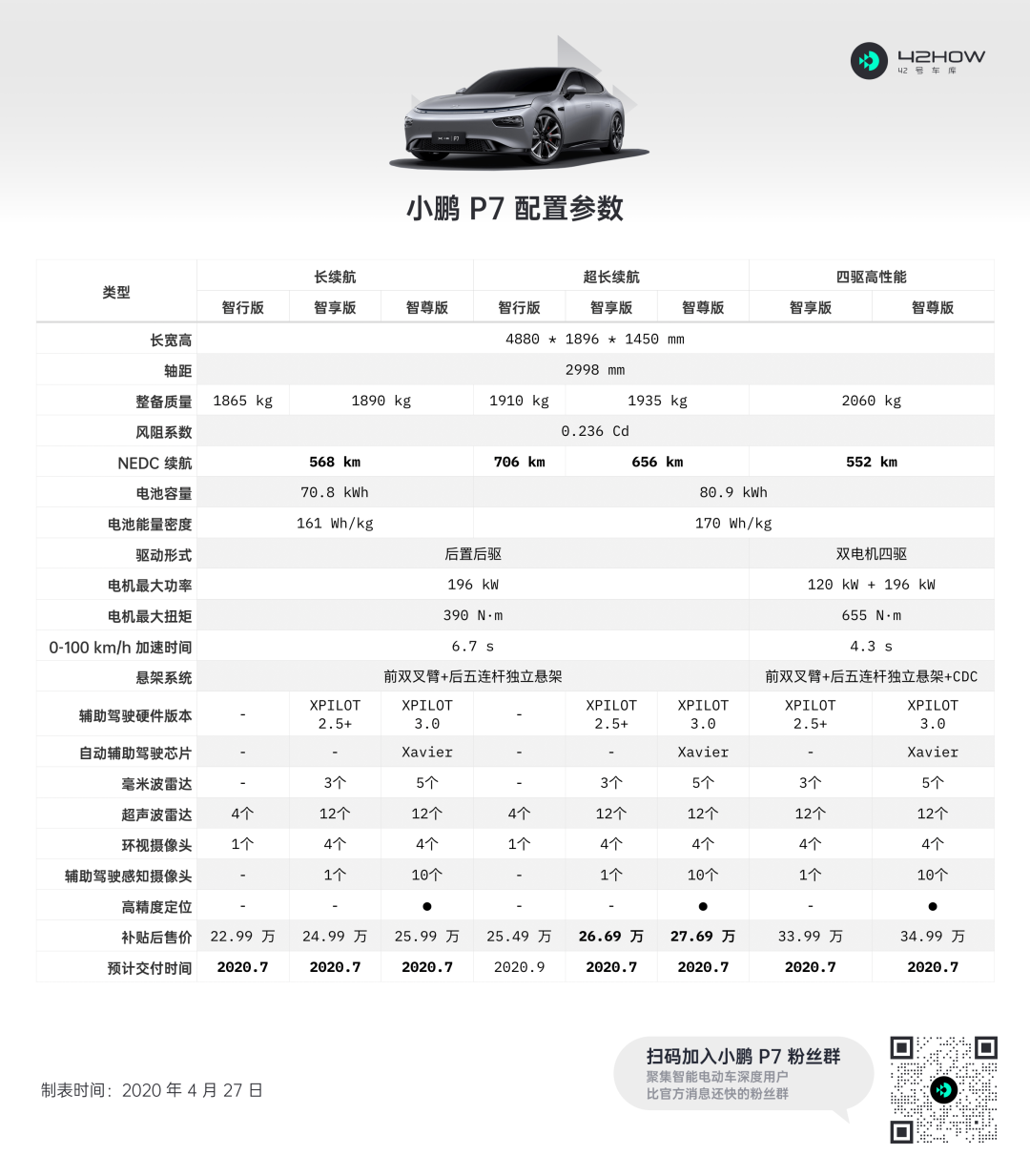
This means that XPeng P7 has achieved a price advantage over Tesla Model 3.
The official price of P7 is within our expectations and beyond.
Our expectation is that XPeng will pull the starting price of the “Ultra-Long Range” version to below 300,000 RMB, and beyond our expectation is that the top version of “Ultra-Long Range” is also priced below 300,000 RMB.
After the official announcement of the price of XPeng P7, we conducted an online poll on Weibo: “If you have a budget of 300,000 RMB, would you choose XPeng P7, which costs 276,900 RMB with an NEDC range of 656 km, or Tesla Model 3, which costs 303,550 RMB with an NEDC range of 445 km?”
As of now, 41% of users chose P7, and 59% chose Model 3. With the current public opinion, I think XPeng P7 is a success.
I asked the friends who chose P7 another question: Would you rather give up Autopilot and FSD and choose “Ultra-Long Range”?
Their answer is: Tesla cannot achieve fully automatic driving in the short term, and I do not expect it either. The current assisted driving ability can meet my daily needs. For those without charging piles like us, the cruising range is more important. XPILOT 3.0 is also great in terms of entertainment.
Next, I asked the friends who chose Model 3 a question: Given the shorter cruising range and higher price, why would you choose Model 3?
Their answer is: I have no need for an extended cruising range, and the upgraded version with standard cruising range is enough.As a user who is saving money to buy a Model 3, I also hesitated after seeing the price of the P7. The Model 3 hit my sweet spot and was mentioned at the P7 launch event. The only thing left is to verify whether the P7 lives up to the standards set at the launch event.
Therefore, I boldly wrote the title, “If everything He XPeng boasted about at the P7 launch event is true, I want to buy one”.
Let us now look at what He XPeng said about the P7 during the launch event in four points.
1. Range is fundamental
At this stage, sufficient range is still the most important factor in impressing users of fuel-powered cars.
The main model, the “ultra-long-range” version, is equipped with CATL’s 811 lithium battery with a capacity of 80.9 kWh, which can last up to 656 km (NEDC).
This performance is at the forefront of the first tier of electric vehicles.
Regarding the P7’s range, there are two very interesting aspects: the battery and XPeng’s understanding of the “electric car” attribute.
Firstly, let’s talk about the battery. During the launch event, He XPeng repeatedly mentioned that the height of the battery pack of the P7 is only 110mm. This may not mean much to many people who are not familiar with electric cars.
Most pure electric cars that use CATL’s cylindrical battery cells have a height of around 150mm for their battery pack. Currently, only XPeng has been able to reduce the height to 110mm.
In order to achieve a battery pack height of 110mm, XPeng Automobile turned to CATL to customize this low-height module. The advantage of a lower height is naturally that it takes up less vertical space in the car, ensuring interior space, but the cost will be higher.
At this point, some people may have some questions: if the battery pack height is increased by 4-5cm, why not just raise the car height by 4-5cm, and why spend extra money to customize a battery cell with CATL?
Because XPeng’s goal is to create a “sports sedan,” not an SUV. Therefore, XPeng needs to find the right battery cell for themselves, rather than building a model that adapts to existing parts.
This product concept has resulted in the successful entry of the XPeng P7 into a blue ocean market. Among pure electric sedans in the price range of 200,000 to 300,000 RMB, only the XPeng P7 and the Tesla Model 3 are available.
Now, let’s talk about XPeng’s understanding of the “electric car” attribute. This statement may be somewhat abstract, but it is particularly important for any company that wants to build electric cars.When you build an all-electric vehicle based on the characteristics of a gasoline-powered car, it is often difficult to achieve a low energy consumption because gasoline and electric cars have different characteristics in many details.
On the P7, you can see a lot of efforts made by XPeng Motors to reduce energy consumption. In this era of high battery costs, reducing energy consumption as much as possible not only lowers operating costs but also extends the range.
- Extremely low wind resistance
Since electric cars do not have a gearbox, the motor speed will increase with increasing vehicle speed, making efficiency lower under high-speed conditions. In order to reduce energy consumption at high speeds, the wind resistance coefficient of an electric car is particularly important. The wind resistance coefficient of XPeng P7 is 0.236 Cd, second only to Tesla Model 3’s 0.23 Cd.
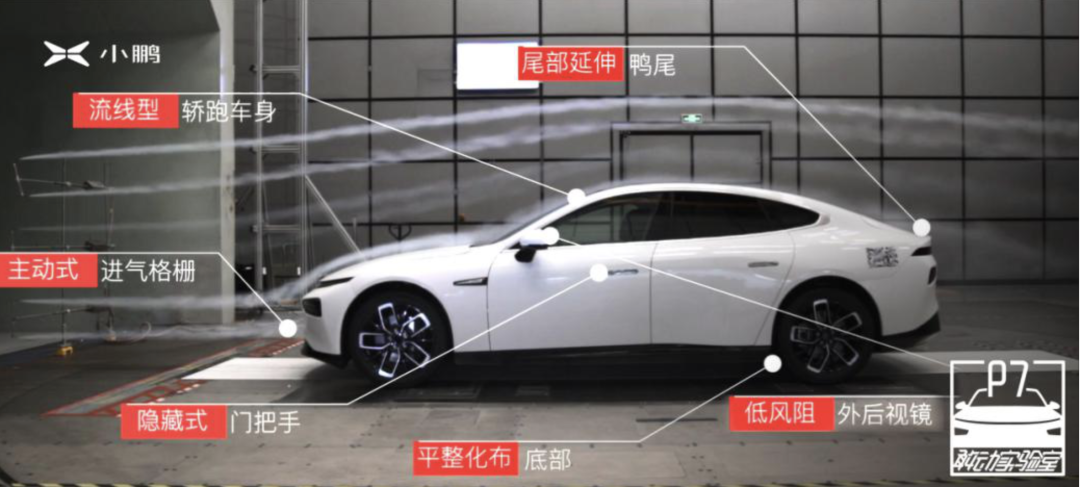
- Nearly 100% energy regeneration rate
P7 uses the latest iBooster braking system from Bosch, which can achieve nearly 100% energy regeneration rate. Engineers from XPeng Motors have revealed to us that the regenerative energy of P7 can be maintained until almost stopped, similar to Tesla’s Stop mode, to maximize energy recovery.
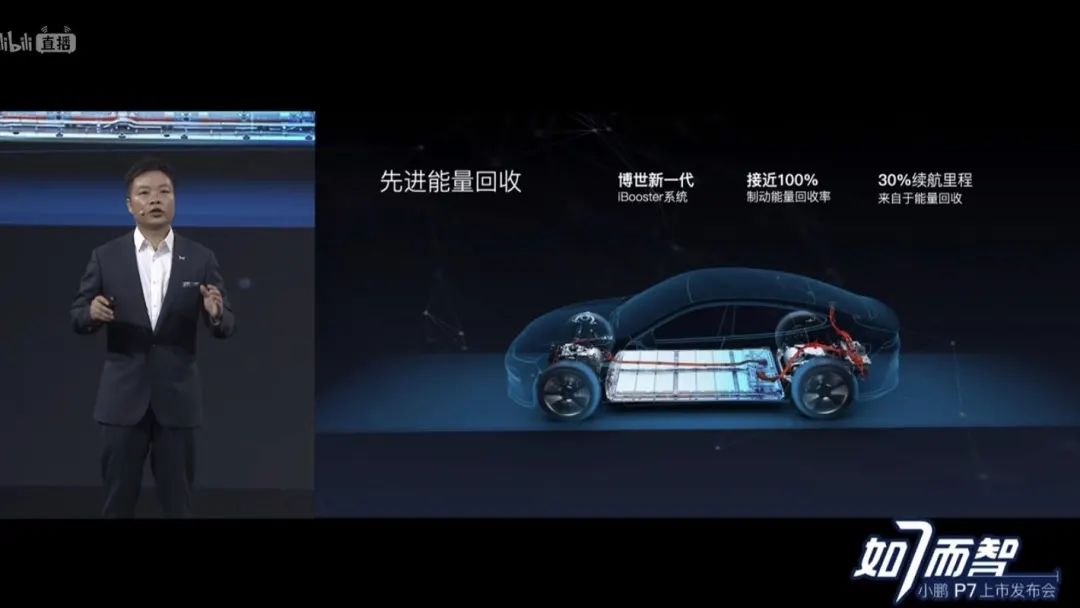
- More efficient thermal management
It is well known that high or low temperatures are not suitable working temperatures for lithium-ion batteries, so a thermal management system is particularly important for electric vehicles.
On the P7, the system uses the residual heat of the motor to heat the battery. Compared with using PTC heating, this method can increase the efficiency of energy use to a certain extent and reduce energy consumption.
These three points are details that do not exist in gasoline-powered cars. Only by understanding the characteristics of all-electric vehicles can targeted optimizations like these be made. It is precisely because of these details that I am looking forward to the actual range performance of the P7.
In terms of range, the standard-range upgrade version of Model 3, which is priced similarly to the long-range version of P7, has an NEDC range that is more than 200 km lower. To buy a Model 3 with an NEDC range of 668 km, the price is about 60,000 yuan more. Therefore, in terms of range and price, P7 and Model 3 are not competitors in the same league.
For those who do not have charging conditions or heavy users, longer range is clearly a more practical choice, which is also a strong selling point of P7.Here’s one thing to point out, range anxiety doesn’t solely depend on range capacity, Tesla’s superiority lies in its superior supercharging facility experience, which is better than other electric car brands when it comes to replenishing energy.
But don’t forget that Xpeng is also a carmaker with a self-built supercharging system and has cooperated with Nio in the field of supercharging.
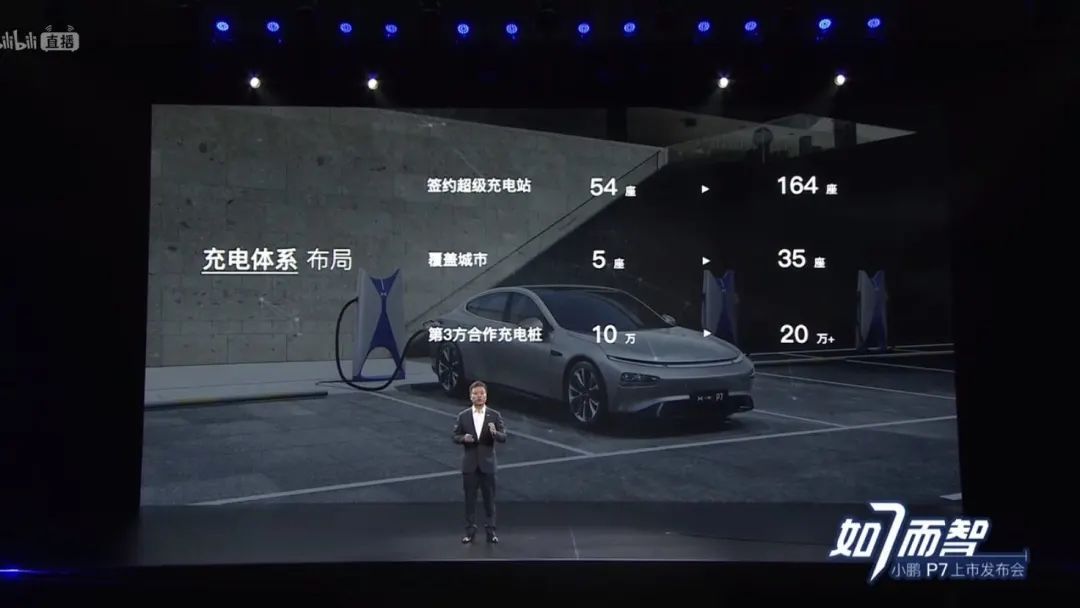
02-XPILOT 3.0, Full of Imagination
I believe that most Tesla buyers are impressed by Autopilot, and it is essential for P7 to establish its capabilities in assisted driving to capture the attention of those who are interested in Model 3. Based on what was presented at the launch event, XPILOT 3.0 did not disappoint.
Let’s start with the hardware comparison.
Xpeng P7 uses 10 cameras and 5 millimeter-wave radars to achieve 360-degree perception, and it also utilizes high-precision Gaode (Autonavi) maps and centimeter-precision positioning, while Tesla only has 8 cameras for 360-degree perception.
Undoubtedly, in terms of perception hardware, Xpeng P7 almost completely surpasses Tesla Model 3.
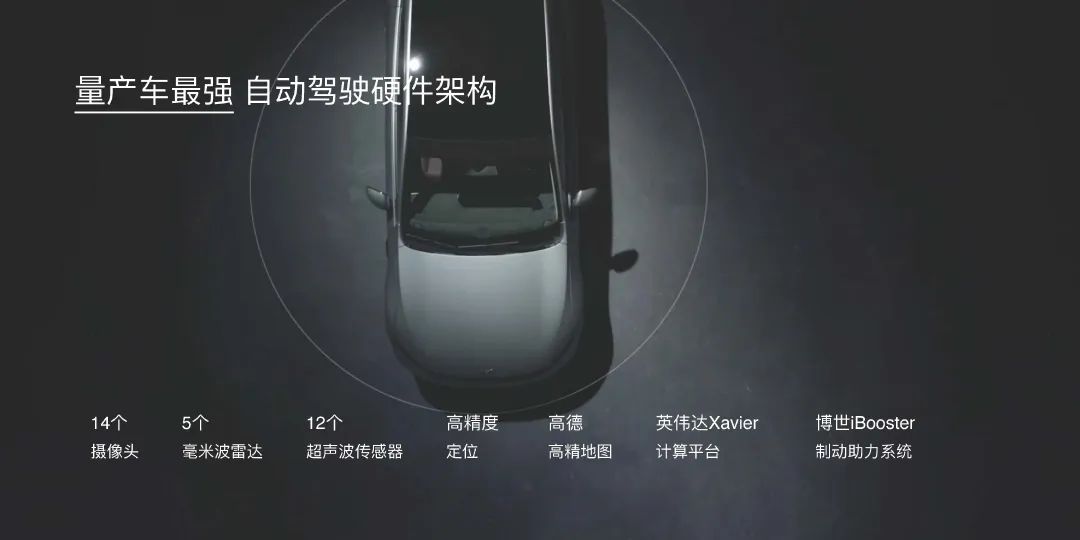
However, hardware can only represent the ceiling of the automatic assisted driving system’s capabilities, and the actual level of accomplishment depends on software capabilities.
At today’s launch event, Xpeng defined “XPILOT 3.0 Advanced Driving Assistance System” as the “self-driving solution for China’s traffic scenarios.”
In terms of functionality, XPILOT not only realizes NGP (Autonomous Navigation for Highways), but also recognizes traffic lights and ice cream cones.
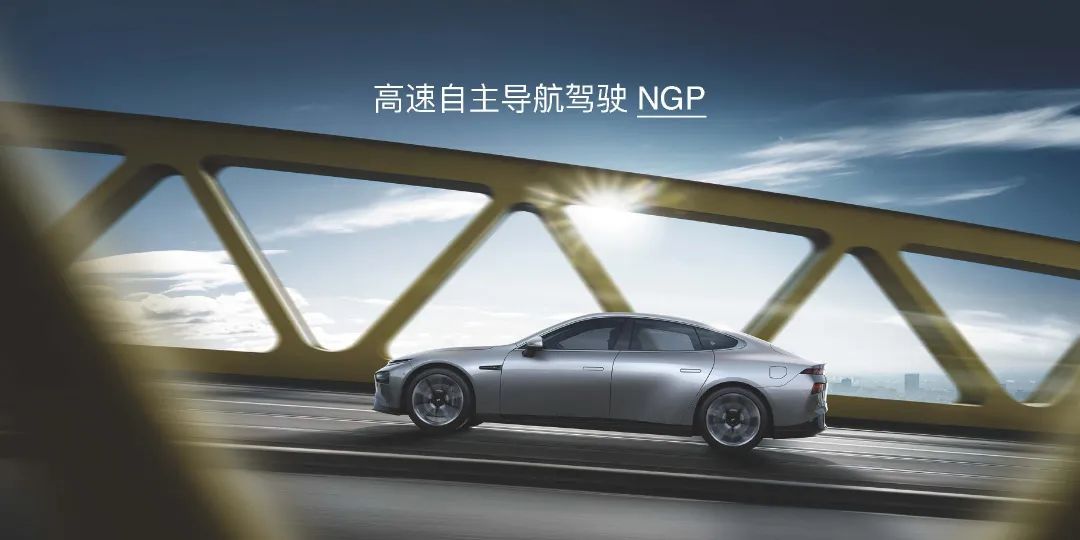
On paper, Xpeng has already caught up with Tesla in terms of capabilities in just five years since its inception, and He XPeng, the founder of Xpeng, stated at the launch event that XPILOT 3.0 has been optimized based on China’s road conditions.
The director of Xpeng’s autonomous driving product expressed his confidence on Weibo after the launch event: NGP is not the end, but a new starting point.
Apart from conventional “assisted driving,” XPeng also presented a new concept of “autonomous parking system without relying on parking lot transformation” during the launch event.
Automatic parking has been a very skilled feature of XPeng cars since G3, and XPeng has further improved its automatic parking ability since P7.
Based on the vehicle’s perception equipment, the vehicle will automatically record the parking lot environment and memorize the parking space where the vehicle is parked. When the vehicle comes to the same parking lot next time, it can realize automatic parking starting from the search for a parking space.
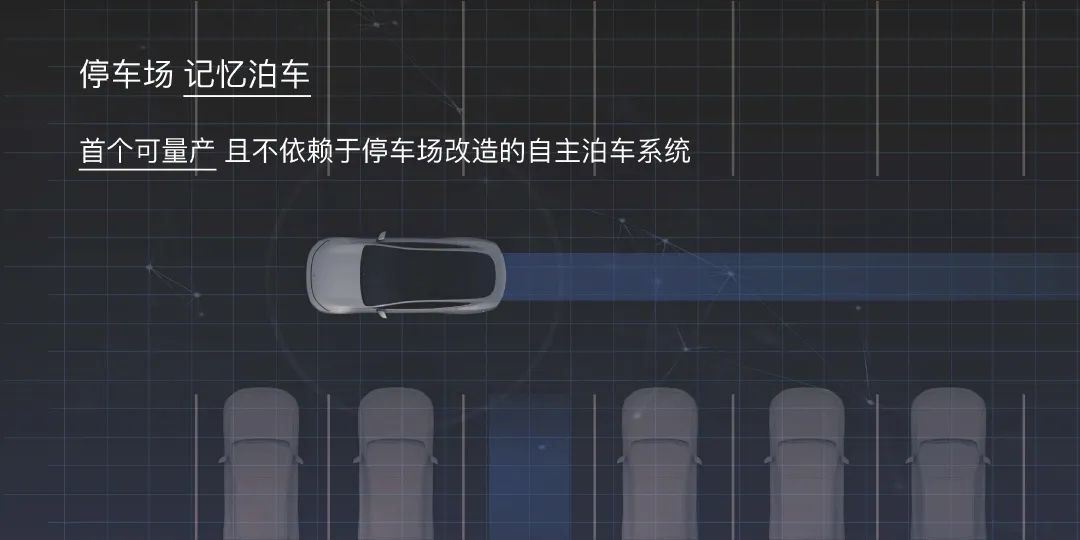
Although in terms of functionality, XPeng’s XPILOT 3.0 and Tesla’s Autopilot are very similar, there are significant differences in hardware and software development directions.
On the hardware level, Tesla focuses on visual perception, while XPeng adopts 360-degree fusion perception composed of visual and millimeter-wave radar.
On the software level, XPeng has done targeted research and development based on Chinese road conditions, such as congested road sections, construction road sections, and ramp entry to highways, and achieved higher-order automatic parking through SLAM technology.
From hardware layout to software development direction, the imagination space of XPeng P7 XPILOT assisted driving system is enormous, and we are also looking forward to testing XPILOT 3.0 under the 42Test standard.
03 Performance is an Essential Ace Card
All brands that aspire to break through the limits need “performance” as support, and the same is true for XPeng P7.
Both the “long-range” and “ultra-long-range” models are equipped with 196 kW motors, with acceleration of 6.7 seconds per 100 kilometers, which means that even the most basic P7 can have the power to surpass most fuel cars.
On the “four-wheel-drive high-performance” model, P7 uses a combination of 120 kW + 196 kW two motors, achieving a maximum output power of 316 kW, which is equivalent to 430 horsepower. The effect is a 4.3-second acceleration time per 100 kilometers.
When it comes to acceleration performance, there is hardly any problem with electric cars, but straight-line speed is not enough. Therefore, XPeng P7 adopts the front double wishbone + rear five-link independent suspension. The “four-wheel-drive high-performance” model is also equipped with a CDC active continuous damping system.
From the hardware point of view, P7 is also very attentive to performance, so what remains to be tested is tuning.
04 ECU’s 100% Upgradable CapabilityThe last point is “playability”. OTA endows Tesla with strong playability and possibilities for further exploration, but achieving this requires opening up the underlying electronic architecture of the vehicle.
At the press conference, He XPeng mentioned that the P7 can achieve 100% ECU upgradability, meaning that even improvements in the logic of the air conditioning system can potentially translate into an increase in the vehicle’s range.
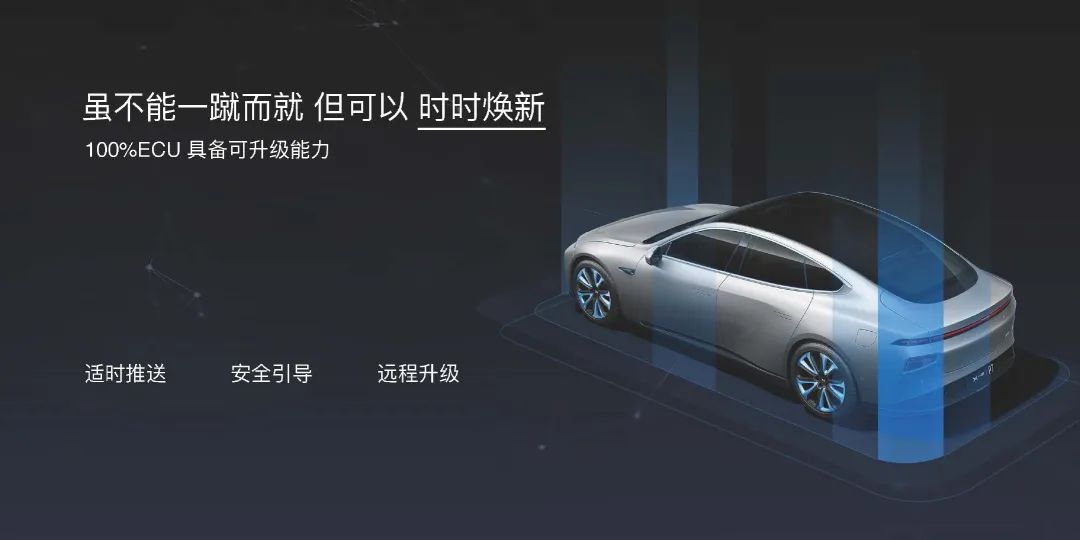
Final Thoughts
Since the formal debut of XPeng’s P7 at the Shanghai Auto Show in April 2019, it has been positioned as a strong competitor to the “Tesla Model 3”. From the release of the domestic long-range Model 3’s price to the rollout of new subsidy policies, each major event has seemed to place a heavy burden on XPeng. However, judging from the feedback after this press conference, XPeng P7 has revitalized itself.
From the perspective of the Model 3’s target users, XPeng P7 does indeed cover many of the Model 3’s highlights, and this press conference was very positive. However, if this were a hardware-only age, the iPhone might have died long ago.
In the turning point of the automotive industry, the significance of software for vehicles is becoming increasingly important. Fortunately, we see XPeng’s emphasis on software.
After the conference, XPeng P7 has successfully transformed from a car that “I am most looking forward to in the first half of 2020” to a car that “I most want to test drive in the first half of 2020”. Please also look forward to the upcoming 42Test, which will allow you to fully experience the “software” capabilities of P7 from range to infotainment and even assisted driving.
Written by Liusan, edited by Daji.

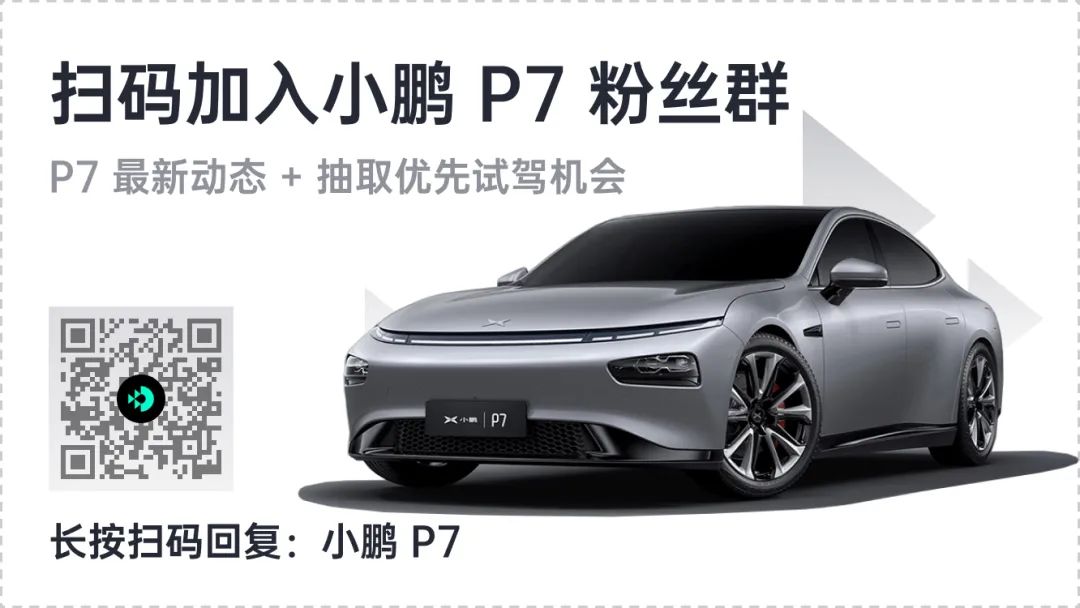

This article is a translation by ChatGPT of a Chinese report from 42HOW. If you have any questions about it, please email bd@42how.com.
